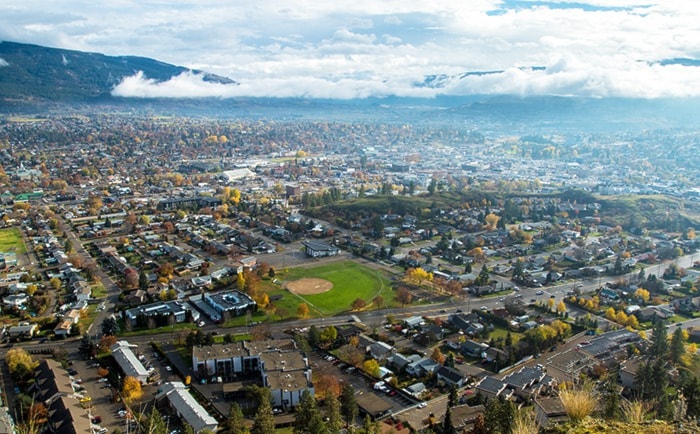The North Okanagan’s population has climbed, with one of the communities a leader provincially.
B.C. Stats says the Regional District of North Okanagan’s population climbed 1.9 per cent from 83,0111 in 2014 to 84,587 in 2015. Of that, Vernon’s population jumped 3.4 per cent from 39,167 to 40,497, making it the fifth fastest growing among B.C. cities with a population of 25,000 or more, while RDNO was the third fastest growing regional district.
“A lot of people recognize it’s a great place to live,” said Kevin Poole, Vernon’s economic development manager.
Poole suspects the population has climbed partly because of the downturn in Alberta’s economy and oil and gas workers making a lifestyle choice.
“A lot of people have decided to go into semi-retirement mode.”
For other local communities, the B.C. Stats report shows Armstrong’s population grew 1.5 per cent from 4,878 in 2014 to 4,951 in 20151, while Coldstream’s population went from 10,523 to 10,821 or up 2.8 per cent. In Spallumcheen, there was 0.8 per cent growth from 5,166 to 5,207.
But not all communities expanded.
Enderby’s population went from 2,878 to 2,840 or a decrease of 1.3 per cent.
“People are born, people die. We have two to three deaths a week,” said Greg McCune, Enderby’s mayor, who isn’t concerned about the decrease.
“We’re seeing more young families because of the schools here and affordable real estate. We were an aging community and we’re seeing that change.”
Lumby had a population of 1,753 in 2015, down 0.9 per cent from 1,769 in 2014, while the combined population of the five electoral areas dropped 0.6 per cent from 18,630 to 18,518.
While focused on the city, Poole welcomes the overall figures regionally because residents of the other communities shop in Vernon.
That trend will help Vernon’s attempts to lure investors here, including commercial developers.
“It shows we’re a growing community, there’s opportunities and confidence in the marketplace,” said Poole.
Poole admits that increased population also creates challenges as municipalities must provide services such as water, sewer and roads.
“But would you rather be in a community with negative growth with the same pressures for services and a shrinking tax base?” he said.
In the Regional District of Central Okanagan, the total population is 195,523, up from 189,845 in 2014. Lake Country’s population jumped 7.6 per cent from 13,048 to 14,035.
Besides Vernon, the other four fastest growing cities in B.C. were Langford, near Victoria, at 7.2 per cent, West Kelowna at 5.3 per cent, Chilliwack at 4.8 per cent and Langley at 3.5 per cent.
